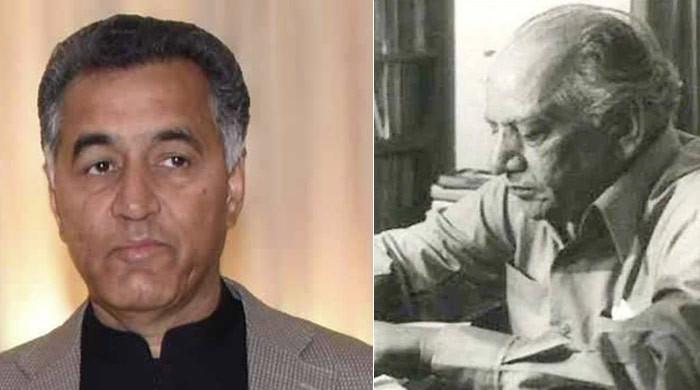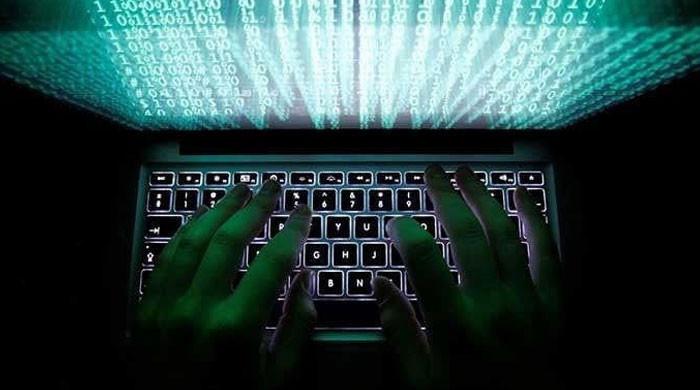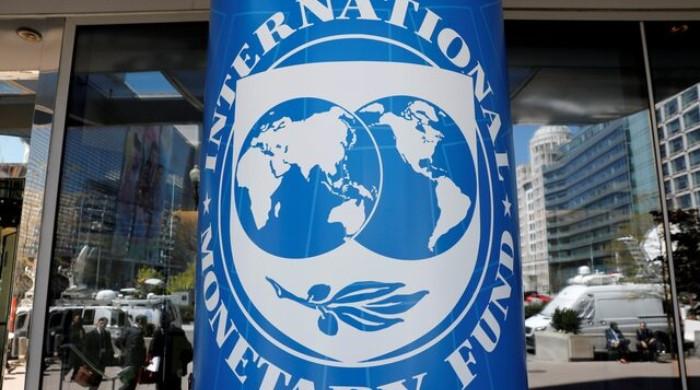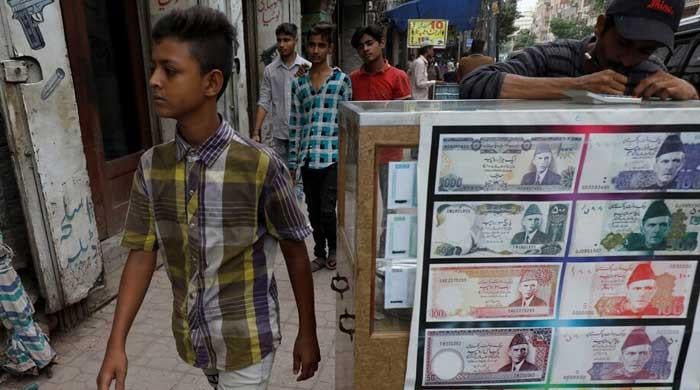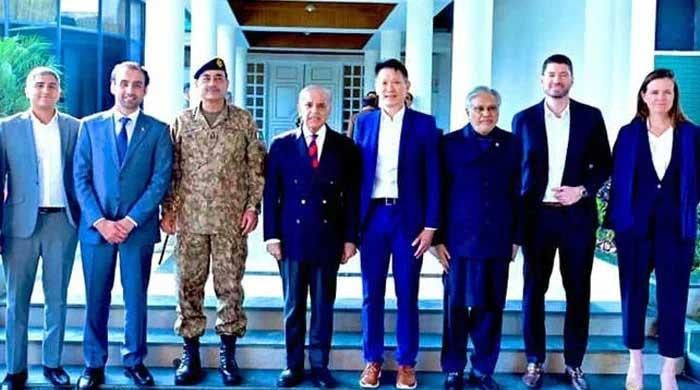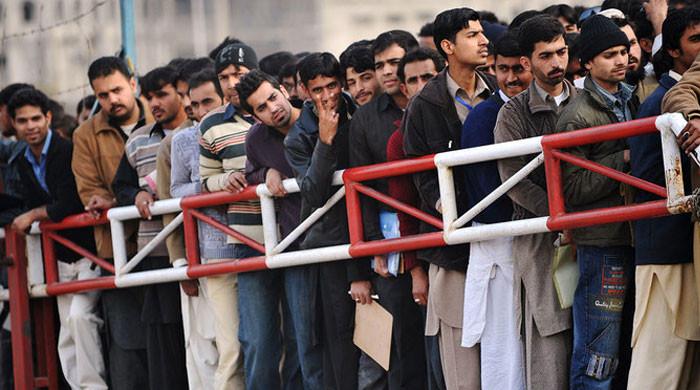Change the political chessboard
Since democracy functions by sharing right to rule, Pakistan's political system has been dysfunctional for over a decade since 2013 election
March 30, 2024
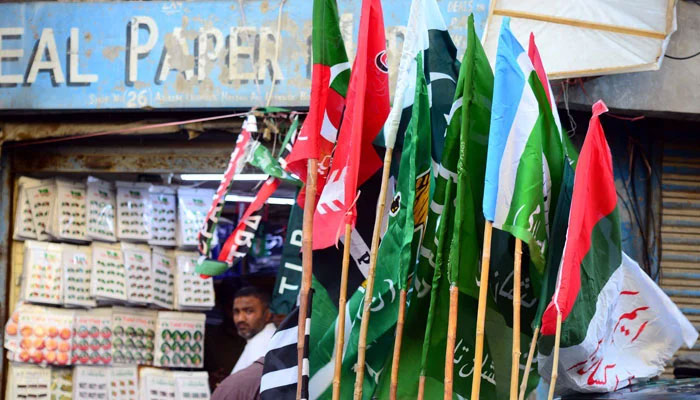
Pakistan stands at a critical juncture in its democratic journey, grappling with a deepening political crisis that threatens to undermine the very fabric of its society.
At the heart of this crisis lies an electoral system that perpetuates polarisation and disenfranchisement, stifling the voices of emerging social classes and perpetuating divisions among its citizens.
The "winner take all" or first past the post system (FPTP) in Pakistani election rules is fuelling polarisation among Pakistan’s emerging social classes and traditional social classes. The size of the emerging high school educated middle class is rising which is a positive development albeit mixed with a negative consequence. The growing new middle class is isolating itself from the traditional social classes by claiming its monopoly over the right to rule. Since democracy functions by sharing the right to rule, Pakistan's political system has been dysfunctional for over a decade since the election in 2013.
In 2013, the newly emerging vote bank led by the Pakistan Tehreek-e-Insaf (PTI) received 29% of the vote bank in Khyber Pakhtunkhwa. The winner-take-all rule privileged it to 38% of the seats in the provincial assembly. It was able to form a government in the province. The emergence of a new political player and relatively fresh outlook was welcomed.
The new middle-class vote was however deeply disappointed to realise that in the same election, 17% of the vote in Punjab bagged by it only led to 8% of the seats in Punjab. Punjab’s voting chessboard was bipolar, where a runner-up lagging by 8-10% points is highly disadvantaged. It experienced a similar disadvantage in the federal government where its 17% national vote score gave it only 9% of seats in the National Assembly. What ensued is well documented (dharnas, myths and falsehoods like thirty-five punctures and the eventual toppling of a prime minister on what many believed were trumped-up charges).
The 2013 election sowed the seeds of polarisation between the emerging middle class and the traditional lagging behind classes, whose educational and income status is in comparison lower than the middle classes.
In the 2024 election, the emerging middle classes led by the PTI scored 45% of the vote in KP’s multi-polar electoral chessboard providing it 85% of the seats in the assembly. The rules worked in its favour. In the remaining three provinces, this vote block attained 28% of the vote but only 24% of seats. The same rules put it at a disadvantage.
There is good evidence to suggest that the "winner-take-all" electoral system fails to produce a smooth political system when society is passing through a stage of social polarisation. The data from the Gallup Exit Poll Surveys provides revealing evidence of rising social polarisation in the voters’ electoral choices, the details of which are available in its latest Exit Poll Surveys Report.
It is evident that voters are now divided on age, education and social status — and the chasms are widening with each electoral cycle. The high school educated under 30 years of age and the top two quintiles in terms of income are staunch supporters of the PTI whereas the rest of the voting classes are in favour of the traditional political parties. Within the social strata, these two groups are increasingly reflective of almost equal share in the population. As the gap narrows in their population weight (2013-2024), the strife has become not only more vicious but has also permeated the power circles (civil and military institutions).
Resulting from social polarisation, the runner-up voting cluster fails to reconcile with the fact that the winner, number one, gets all the power to rule and the runner-up, number two, gets barely any share. As a result, the loser looks upon the elected government as either a selected government as in 2018, or as a stolen government as in 2013 and 2024. There is no denial of electoral manipulations but there is a wide gap in the sense of deprivation and the level of successful manipulation in both the 2013 and 2024 general elections. The feeling and reality of deprivation caused by electoral manipulations is severely accentuated by the first-past-the-post system which gives monopoly over power to the winner (even if he/she won by one vote) and gives nothing to the loser.
Pakistan may as well therefore switch to any suitable variety of proportional representation (PR) rules to convert votes into seats in the National Assembly. Of the nearly one hundred countries that elect their governments, a vast number does so along one or another variety of proportional representation and so there are many models to seek assistance from. Pakistan already has a PR system when it comes to reserved seats and therefore has some precedence to learn from successes and failures.
Proportional representation offers a more equitable and representative system of governance. This ensures that all segments of society have a voice in the decision-making process, regardless of their geographic concentration or level of support. It also gives all political powers a say in the system and therefore disincentivises undermining the whole political system for its legitimate or illegitimate gains.
The PR system would also offer two more concrete benefits: strengthening of the local government system (when the national vote will not deliver local representatives, people will be forced to elect local representatives to local bodies to get their issues truly resolved).
The second is that it would create safeguards against manipulation by nonpolitical actors. In the 2024 general elections, if we take the difference between Form 45 provided by the PTI and Form 47 provided by the Election Commission of Pakistan (ECP) and take the PTI’s claims at face value, the maximum extent of the manipulated vote is 600,000 votes, which is 1% of the total votes cast. However, this purported 1% led to as high as a quarter of the seats shifting from one party to the other and making one party leader the PM and the other land in jail. Had our system been PR, the 1% manipulation in votes would have led to only 1% of the seats changing sides.
Of course, transitioning to proportional representation will not be without its challenges. It will require political will, consensus-building, and a commitment to democratic principles from all stakeholders. Yet, the benefits far outweigh the costs, offering the promise of a more just, inclusive, and representative political system for all Pakistanis.
Although legal experts would be able to comment better, it appears that shifting away from the first-past-the-post system to proportional representation may not require an amendment to the constitution but a simple act in parliament. Regardless of the difficulties in the process, the status quo in political structures is no longer an option, and if anyone believes that the recent lull after significant engineering (read: repression) has provided long-term stability to the structure they are doing a disservice to themselves and the institutions they represent.
The writer is a political scientist based in Islamabad.
Disclaimer: The viewpoints expressed in this piece are the writer's own and don't necessarily reflect Geo.tv's editorial policy.
Originally published in The News




